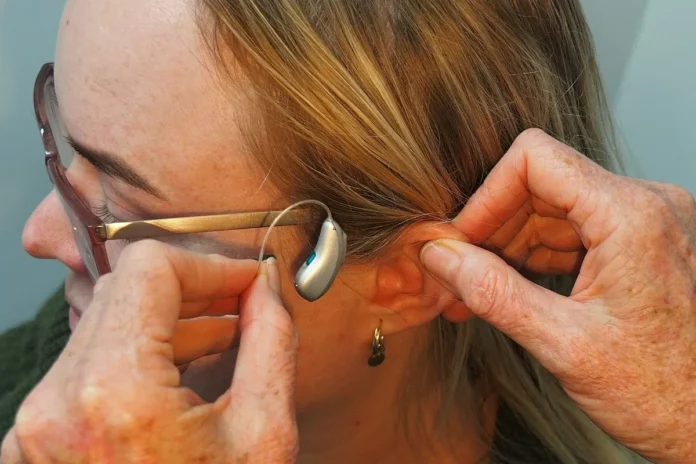The US Federal Communications Commission (FCC) has taken a major step towards promoting accessibility for individuals with hearing impairments. In a recent ruling, the FCC has mandated that all mobile phones released in the country must be compatible with hearing aids and adhere to volume control standards. This initiative aims to enhance accessibility for the 48 million Americans who are affected by hearing loss.
The new rules require all mobile phone manufacturers to ensure that their devices are compatible with hearing aids that operate in either acoustic coupling or telecoil mode. This means that individuals with hearing aids will be able to use their devices without experiencing any interference or distortion. Additionally, the FCC has also set standards for volume control, ensuring that users can hear sounds at a louder volume without any distortion.
This move by the FCC is a significant step towards promoting inclusivity and accessibility for individuals with hearing impairments. It is estimated that nearly 20% of the US population, or 48 million Americans, have some degree of hearing loss. This includes individuals of all ages, from children to seniors. With the increasing reliance on mobile phones for communication, work, and daily tasks, it is crucial that these devices are accessible to all individuals, regardless of their hearing abilities.
The new rules adopted by the FCC are a result of years of advocacy and efforts by organizations and individuals who have been pushing for better accessibility for individuals with hearing impairments. The FCC has recognized the importance of ensuring that individuals with hearing loss have equal access to communication technology and have taken a proactive step towards achieving this goal.
The new rules not only benefit individuals with hearing impairments but also have a positive impact on the overall mobile phone market. With the growing demand for accessible devices, manufacturers will now have to incorporate these features into their products, making them more inclusive for all users. This will also encourage innovation and competition in the market, leading to better and more accessible devices for individuals with hearing loss.
Moreover, the FCC’s ruling also aligns with the Americans with Disabilities Act (ADA), which prohibits discrimination against individuals with disabilities, including those with hearing impairments. By mandating that all mobile phones adhere to accessibility standards, the FCC is ensuring that individuals with hearing loss have equal access to communication technology, just like any other individual.
The FCC’s decision has been met with widespread support from organizations and individuals alike. The National Association of the Deaf (NAD) has praised the ruling, stating that it will greatly benefit individuals with hearing loss and promote inclusivity. The Hearing Loss Association of America (HLAA) has also welcomed the decision, stating that it will have a positive impact on the lives of millions of Americans.
In addition to promoting accessibility, the new rules also have a significant impact on public safety. With the increasing use of mobile phones for emergency calls, it is crucial that individuals with hearing impairments have access to these devices. The new rules ensure that individuals with hearing aids can use their devices to make emergency calls without any interference or distortion, potentially saving lives in critical situations.
The FCC’s ruling is a significant step towards creating a more inclusive and accessible society for individuals with hearing impairments. It not only benefits individuals with hearing loss but also has a positive impact on the overall mobile phone market and public safety. The FCC’s commitment to promoting accessibility is commendable, and we hope to see more initiatives like this in the future.
In conclusion, the FCC’s decision to mandate compatibility with hearing aids and volume control standards for all mobile phones released in the US is a major win for individuals with hearing impairments. It promotes inclusivity, aligns with the ADA, and has a positive impact on the overall mobile phone market and public safety. This ruling is a step in the right direction towards creating a more accessible and inclusive society for all individuals.

